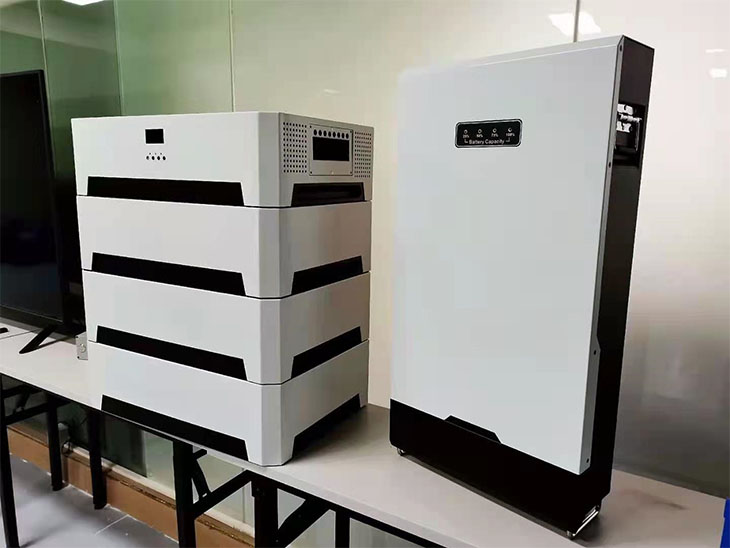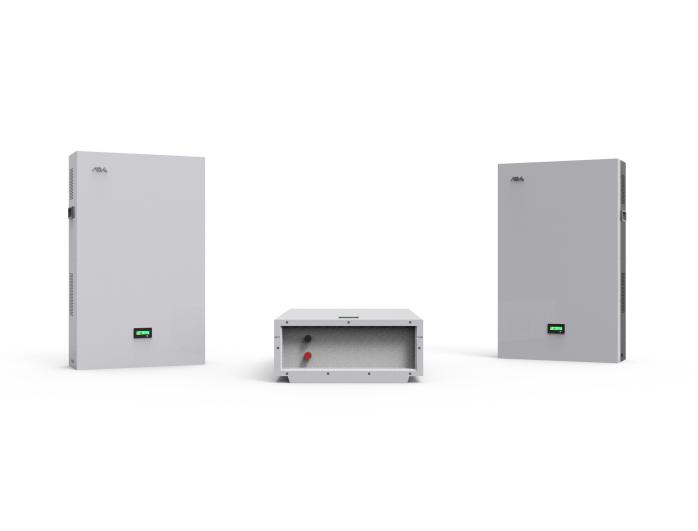- 12
- Nov
Compare various supporting batteries for Family Energy Storage
Which is the best home energy storage battery?
Pure electric vehicles are essentially driven by electric energy. In terms of scale, they also rely on the expansion of lithium batteries in terms of energy storage. In particular, there are some comparisons between the two in terms of overall economy and life span.

1) Analysis of the life test situation of energy storage battery
This is a series of tests in Australia, including the main research on the replacement of lithium batteries and lead-acid batteries. It has lasted for a long time. This data also helps us to understand the same chemical system in similar applications. Life decay
A battery test centrehasbeenbuiltattheSustainableSkillsTrainingHubattheCanberraInstituteof Technology and performance testing has commenced.Inbriefthisinvolves:Cyclingthebatteriesthreetimesadayforthreeyearsstosimulatenineyears’worthof’normal’dailycyclingofthebatteries (noting that rateis’accelerated, this cycle)
Mimicking‘realworld’conditionsbycyclingthetemperatureofthefacilitywherethebatterieswillbeinstalled;and,
Taking into account the above two considerations, three cycles per day, with temperature changes added, hot in summer 2 cold 1, cold in winter 2 hot 1, and the temperature is selected at 10-35degC

Publishingperformancedata, includingthebatteries’decreaseinstoragecapacityoverthethreeyearsofthetrial
Here are Tesla’s energy storage batteries that I’m interested in, as well as LG and Samsung’s NCM batteries (the first stage of testing)
Remarks: Samsung’s energy storage is basically similar to car batteries. Due to the requirements of energy storage, there are more considerations for the design of cycle life.
Initial test results
1) Capacity attenuation
2) Attenuation characteristics of the first stage
In addition to the early termination of the AVIC lithium battery, Tesla’s cylindrical battery cell cycle life is worse.
In this series of reports, there are two test tables, including the number of cycles of life, one is tested to 80 cycles, the other is to 1400 cycles
Remarks: One of the two tables is the energy calculation method used. The following diagram is not uniform, but only gives an estimate of SOH. It is guessed that this is converted by the efficiency of the initial input and output energy.
From this chart, LG and SDI are in an attenuation fitting curve. At 800, the attenuation is about 8%.
Tesla’s data, 800 times close to 85%
Lead-acid batteries and CALB (AVIC’s) can’t hold up after about 400 times
Further testing
At 1100 times, Tesla’s Powerwall entered the range below 80%
LG’s batteries drop below 90% at 1,000 times. This is the energy storage battery system with the highest energy density among all.
SDI’s large cells are still around 92% after 1400 cycles, which is equivalent to sony’s

In the second phase of the test, several other products were selected, the updated TeslaPowerwall2 was added, and LG’s new generation of energy storage batteries were updated.
1.jpg
The test results of the second stage are still in progress, and it is estimated that more than 1000 times can be obtained to get more obvious results
ZTE’s batteries decay faster, slightly better than SimpliPhi in the United States
Lithium iron phosphate and NCM111 still have similar results in cycle
1.jpg
2) Economic analysis of energy storage
With the rapid expansion of the scale of the industry, chemical energy storage is currently one of the energy storage technologies with the fastest decline in cost. Lithium-ion batteries and lead-acid batteries are used as benchmark technologies; the experience curve method is used to predict the downward trend of various energy storage costs Ⅶ, and various technical experience curves are obtained by analyzing historical data.
At present, the cost of pumped storage is the lowest, with a unit energy storage investment of about 770 yuan; the cost of lead-acid batteries is slightly higher, at 900 yuan/kWh; the cost of electric vehicle power batteries and lithium-ion batteries for energy storage are similar, at 1550-1600 yuan/kWh Time. However, in terms of the cost decline, the cost of power batteries and lithium-ion batteries for energy storage has fallen faster

Remarks The data source is “Study on the Potential and Economics of Electric Vehicle Energy Storage Technology”. The study uses nonlinear regression analysis to fit the relationship between the cumulative output of power batteries and the investment cost, and the regression equation adopts the power function form17. The forecast uncertainty is expressed by the standard error σ of the forecast mean, that is, the 95% confidence interval range of the empirical rate forecast is 1.96×σ.
1.jpg
The start date for the levelling cost forecast of decommissioned battery energy storage is 2021, and its cost decline trajectory shows a rapid decline at first, and then a significant slowdown. The advantage of the low cost of purchasing decommissioned batteries in the early stage and the slow decline in the later stage utilization cost . From the perspective of LCOS, the peak-to-valley parity time for decommissioned battery energy storage is 2025, and the rate of cost decline thereafter is quite limited.
1.jpg
summary:
Considering the actual cycle in the field of energy storage, it is possible that new batteries need further cost optimization, and it is not realistic to choose retired batteries for energy storage. The economic model with reusing energy as the core requires one to expect the cost to continue. Downward, one is the need to pay attention to the number of core cycles, which is somewhat separated from the current energy density development path of pure electric vehicles.
